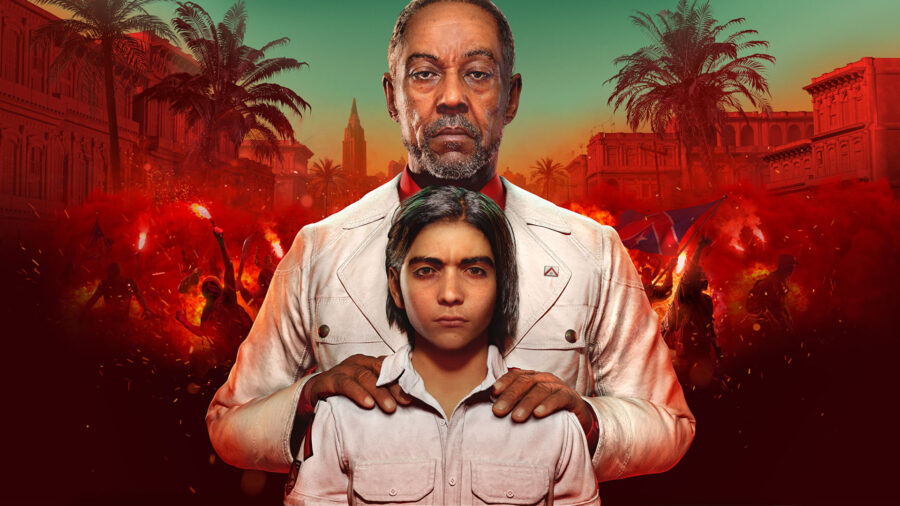Far Cry 6 Reactions Are Out And They Are A Surprise
Reactions to Far Cry 6 are finally rolling in.
This article is more than 2 years old

Far Cry 6 has finally arrived, three years after the release of its super-successful predecessor. However, unlike Far Cry 5, the sixth installment in the mainline Far Cry series is taking its narrative to the Caribbean. Gamers are journeying to the fictional island of Yara, taking the series back to its exotic roots, to fan the flames of revolution, and topple the tyrannical regime.
Following a series of pre-release criticisms for political commentary, the game was a hot topic even before it launched. Now, set on the island of Yara, with its narrative centered around revolution, Far Cry 6 seems like a welcome addition to the series. However, according to CBR, some critics seem much more impressed than others for numerous reasons we’re about to discuss. First, it’s worth mentioning that the Far Cry video gaming franchise has set high standards for itself, which it successfully met during the 15-year course of its existence – given that the lowest aggregate review score for a Far Cry game is 76/100, which is pretty impressive.
Far Cry 6 grabbed the attention of its fans and other gamers with the reveal of its villain, a dictator “El Presidente” Anton Castillo, portrayed by fan-favorite actor Giancarlo Esposito, best known for his roles in Breaking Bad and The Mandalorian television shows. Critics found Esposito’s performance worthy of the franchise best known for its memorable antagonists, such as Vaas and Father Joseph Seed. Others, however, thought that Esposito’s talent was criminally underused, as he’s mostly kept away from the action and not as interesting as the previous villains, since his villainous nature is only implied by the game but rarely depicted – unlike Vaas from Far Cry 3, who was a proper psychopathic pirate.
The critics are also split in regards to the game’s narrative. The general plot of Far Cry 6 is on par with the gaming series, delivering just enough surprises to keep things interesting, but ultimately followed the same storytelling pattern: there’s an intro, conflict, rising action, climax, falling action, and in the end the hero saves the day. However, the game’s high-octane action sequences make up for the seemingly serious political narrative, which is only a caricature of any meaningful political critique. Still, it’s a first-person shooter action rollercoaster set in the franchise’s most giant sandbox ever, which thrills the fans of the gaming series.
With everything said, Far Cry 6 is not without changes. Ubisoft announced the removal of Far Cry’s map editor, along with Arcade mode, while the sixth installment was still in development. Additionally, the combat system has seen some rework, mainly when it comes to weapon combination. Players can opt for some pretty overpowered weapon combinations, like flamethrowers and rocket launchers, or make their own by combining materials found in the game’s open world.
Conclusively, Far Cry 6, with all the novelties, and classic features synonymous with the franchise, is still the newest take on Ubisoft’s familiar tried-and-tested formula. Die-hard fans of the series will undoubtedly be thrilled at the latest installment in the series, while those more critical will be disappointed by the familiarity Far Cry 6 brings.












